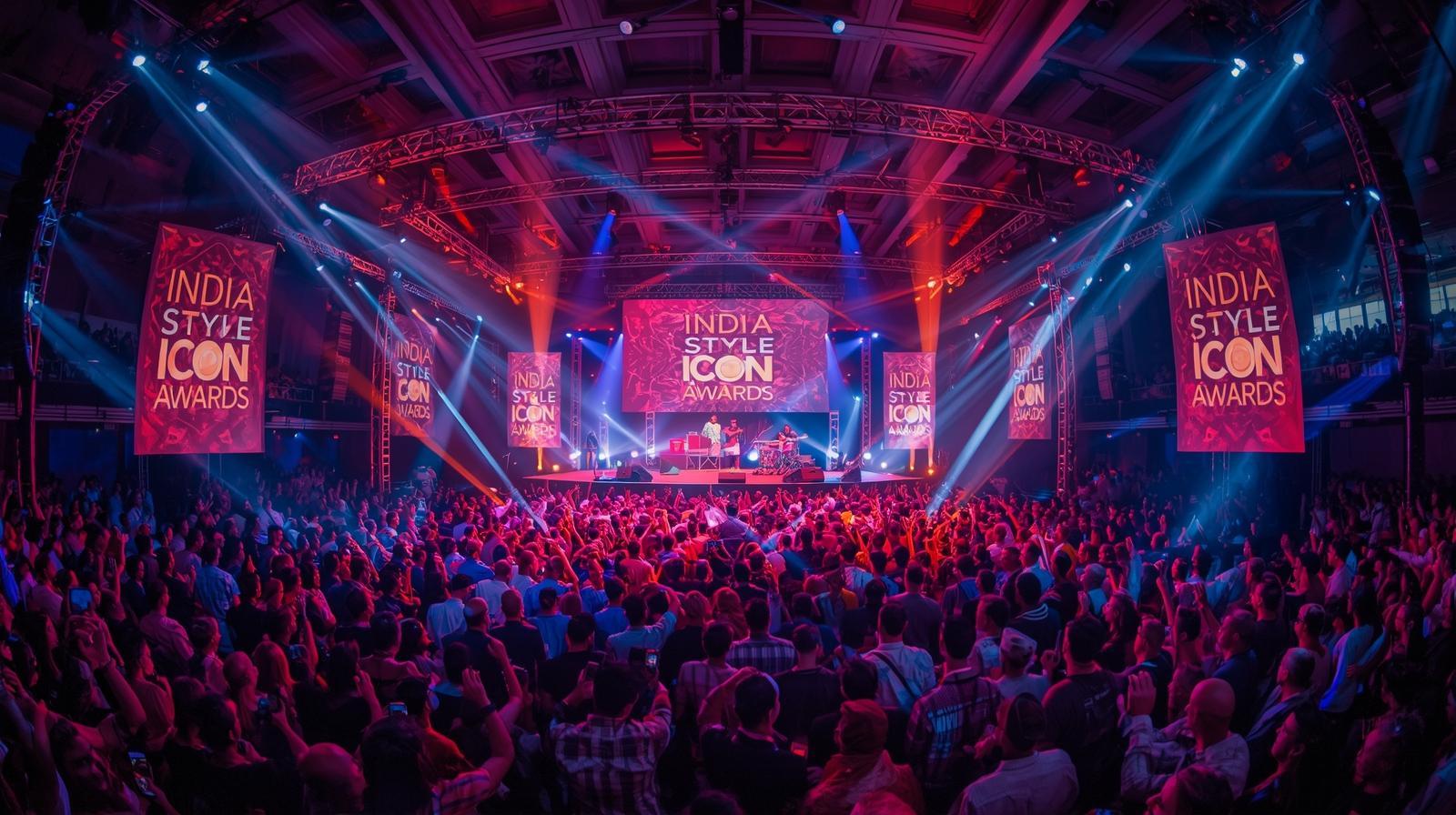Protein used to be the domain of bodybuilders and gym rats. Now, it’s everywhere. According to recent data, younger people—especially those from Generation Z—are emphasising high-protein diets more than previous generations. Meanwhile, brands and food makers are pivoting hard into “protein-rich” positioning.
This shift is no accident. It reflects a convergence of health trends, social media influences, lifestyle changes and even broader wellness culture evolving post-pandemic.
1. Social media and wellness culture
Gen Z uses social platforms to track fitness, diet and health info—often influenced by wellness influencers. A recent survey found that around 72% of Gen Z adults said they turn to social media for health guidance—and many note “high protein” as a key diet descriptor.
2. Fitness & functional nutrition
It isn’t only about bigger biceps anymore. Protein has become linked not just with muscle, but with recovery, metabolism, weight-management and even longevity. Wellness narratives emphasise whole-body benefits.
3. Broader product innovation
Food companies are responding. From protein-fortified bread and biscuits to plant-based alternatives, protein is being embedded in everyday foods. Brands realise that “high-protein” is now a value proposition, not just a niche.
4. Ethics, sourcing and values
For Gen Z especially, it’s not just “how much protein” but “which kind, and where it comes from”. Plant-based proteins, clean labels, sustainable sourcing appeal strongly.
What’s changing in daily behaviour
-
Many young people now prioritise foods labelled “high-protein” when choosing meals.
-
Breakfasts have shifted: protein-rich smoothie bowls and yoghurt options are replacing traditional cereal.
-
Snack categories are evolving: protein snacks, ready-to-drink shakes, bars and plant-based options are gaining traction.

 info@indiafashionicon.com
info@indiafashionicon.com









